
FSX RAF Twin Pioneer XL970
This expertly crafted repaint showcases the distinctive Royal Air Force Twin Pioneer XL970, originally delivered in July 1958 and operated by 209 Squadron at RAF Seletar. It has been meticulously produced for Rob Richardson’s freeware Scottish Aviation Twin Pioneer model, fully compatible with Mi...
- Type:Repaint
- File: twin_pioneer_xl970.zip
- Size:7.14 MB
- Scan:
Clean (23d)
- Access:Freeware
- Content:Everyone
This expertly crafted repaint showcases the distinctive Royal Air Force Twin Pioneer XL970, originally delivered in July 1958 and operated by 209 Squadron at RAF Seletar. It has been meticulously produced for Rob Richardson’s freeware Scottish Aviation Twin Pioneer model, fully compatible with Microsoft Flight Simulator X Acceleration. Rendered as it appeared in September 1962, this historic aircraft bears the construction number 524 and was eventually struck off charge in October 1967 at Bahrain. Developed by Peter Watkins, this repaint offers a detailed representation of a well-known radial-engine transport that served in various short takeoff and landing (STOL) roles.
Historical Background and Unique Configuration
Scottish Aviation’s Twin Pioneer was introduced in the mid-1950s as a rugged, high-wing utility platform fitted with two Alvis Leonides 531 radial engines. This design incorporated a triple-fin tail assembly and a traditional tailwheel undercarriage, improving low-speed handling and short-field performance. During its service years, the Royal Air Force frequently relied on this aircraft for operations in challenging environments, including tropical airfields. The version depicted here captures XL970 at an important stage of its career, reflecting its Royal Air Force heritage and highlighting the airframe’s versatility.
Notable Operability
The Twin Pioneer excelled in STOL capabilities due to its sizeable wing area and robust Alvis engines. Flight trials demonstrated very short landing rolls, and the type was showcased publicly in 1955 at the Society of British Aircraft Constructors Show. Over time, further modifications appeared, such as Series 2 variants featuring Pratt & Whitney Wasp R-1340 radials for specific commercial operators. Although only a limited number of examples were produced, the Twin Pioneer gained significant recognition among flight crews for its reliability and practicality in remote settings.

Screenshot of RAF Twin Pioneer XL970 in flight.
Texture Integration and Installation
After downloading the repaint textures by Peter Watkins, install them into the primary Scottish Aviation Twin Pioneer folder within the SimObjects > Airplanes directory. Verify that the files are placed in a separate texture folder, labeled appropriately (for instance, texture.XL970). Following this, open the aircraft configuration (aircraft.cfg) file and insert the following entry, ensuring the [xx] is replaced with the correct number in sequence. This preserves the necessary alignment of sim entries for the model.
[fltsim.xx]
title=Scottish Aviation Twin Pioneer XL970
sim=Scottish Aviation Twin Pioneer
model=
panel=
sound=
texture=XL970
kb_checklists=//Twin_Pioneer_check//
kb_ref=//Twin_Pioneer_ref//
atc_id=XL970
ui_manufacturer=Scottish Aviation
ui_type=Twin Pioneer
ui_variation=XL970
description=Powered by two Alvis Leonides 531 radial engines, the Twin Pioneer was a high-wing cabin monoplane with a triple fin and rudder assembly and fixed tailwheel undercarriage. The prototype Twin Pioneer, registered G-ANTP, first flew at Prestwick Airport on 25 June 1955. Flight trials proved that the aircraft had a very short landing run and the aircraft was displayed at the September 1955 Society of British Aircraft Constructors Show at Farnborough. Three pre-production aircraft were built for trials, and sales and demonstrations. In 1958, the 33rd aircraft was used as a prototype for the Series 2 with Pratt & Whitney Wasp R-1340 radial engines ordered by Philippine Air Lines. A Series 3 aircraft was also developed to use the improved Alvis Leonides 531 radial engine.
Freeware Base Model and Notes
This repaint does not include the original base package created by Rob Richardson. To enjoy this RAF Twin Pioneer XL970 texture, download the freeware model from the Fly Away Simulation mod library. The repaint remains fully freeware and accurately depicts the exterior markings of XL970 c/n 524. It is ideal for enthusiasts seeking to replicate Royal Air Force transport operations in Microsoft Flight Simulator X Acceleration, adding historical depth to any virtual hangar.
The archive twin_pioneer_xl970.zip has 17 files and directories contained within it.
File Contents
This list displays the first 500 files in the package. If the package has more, you will need to download it to view them.
| Filename/Directory | File Date | File Size |
|---|---|---|
| 18855138.jpg | 08.13.12 | 835.91 kB |
| 18975134.jpg | 08.13.12 | 1.23 MB |
| 19015773.jpg | 08.13.12 | 1.15 MB |
| 19036131.jpg | 08.13.12 | 884.68 kB |
| Installation readme.txt | 08.13.12 | 2.81 kB |
| texture.XL970 | 08.13.12 | 0 B |
| texture.cfg | 05.06.08 | 39 B |
| thumbnail.jpg | 08.13.12 | 1.15 MB |
| twin pin 1.dds | 08.13.12 | 16.00 MB |
| twin pin 2.dds | 08.13.12 | 4.00 MB |
| twin pin 3.dds | 08.11.12 | 4.00 MB |
| twin pin 4.dds | 08.11.12 | 4.00 MB |
| twin pin 5.dds | 08.11.12 | 4.00 MB |
| twin pin 6.dds | 08.11.12 | 1.00 MB |
| twin pin 7.dds | 01.01.11 | 1.00 MB |
| flyawaysimulation.txt | 10.29.13 | 959 B |
| Go to Fly Away Simulation.url | 01.22.16 | 52 B |
Installation Instructions
Most of the freeware add-on aircraft and scenery packages in our file library come with easy installation instructions which you can read above in the file description. For further installation help, please see our Flight School for our full range of tutorials or view the README file contained within the download. If in doubt, you may also ask a question or view existing answers in our dedicated Q&A forum.
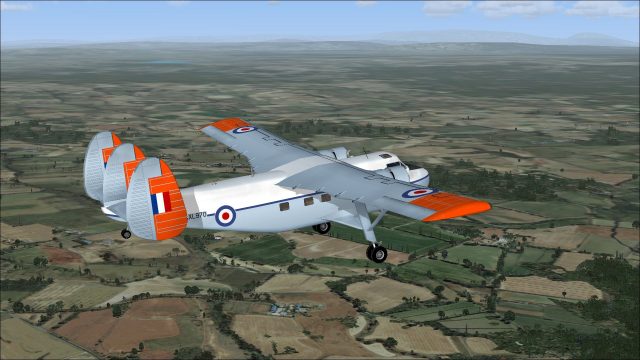
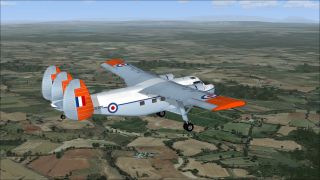
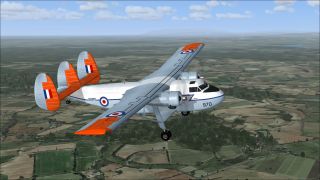
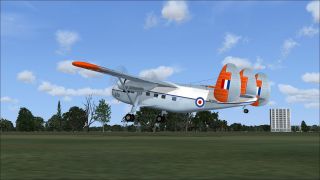
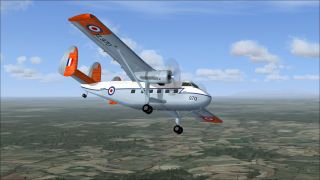

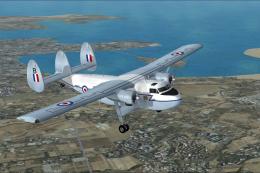
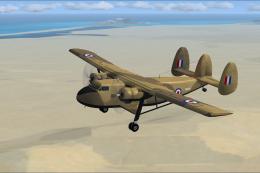
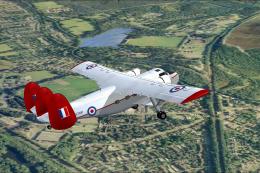
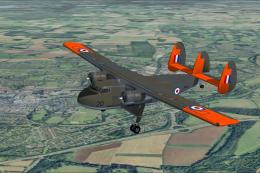
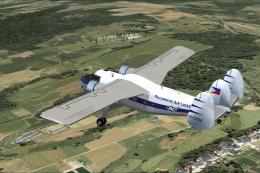
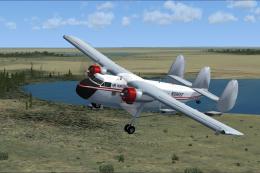
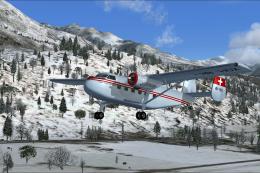
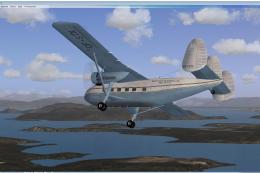
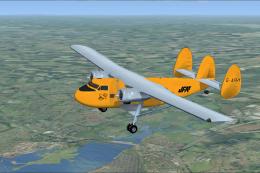
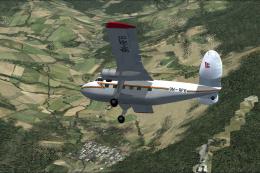
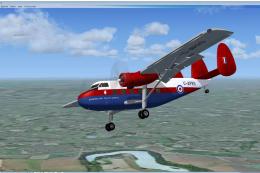
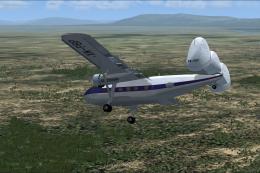
0 comments
Leave a Response